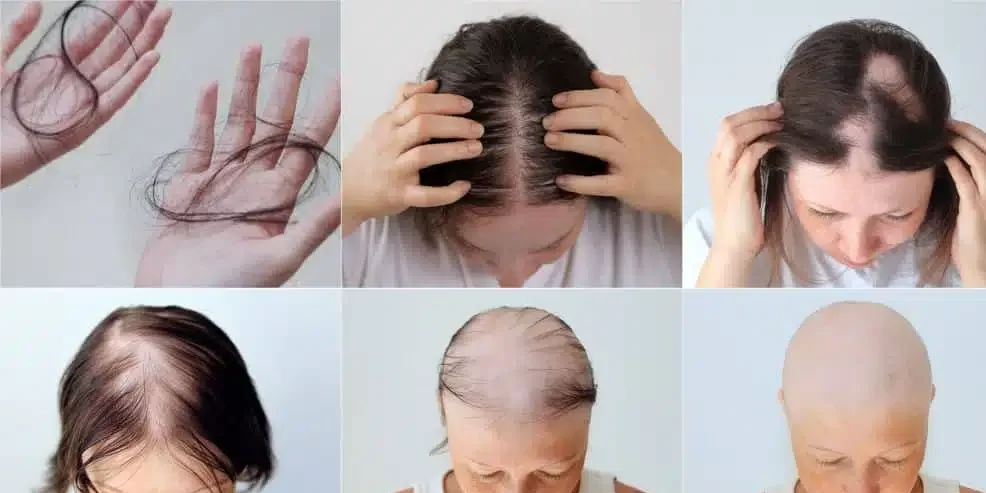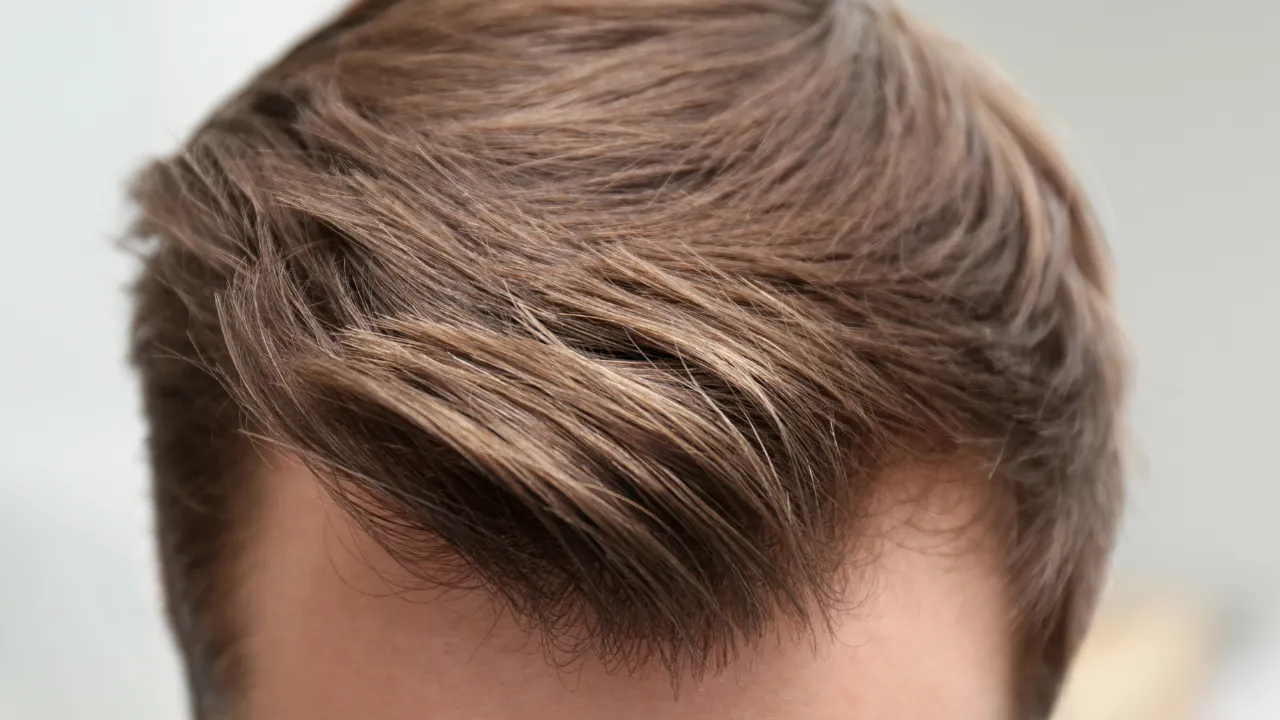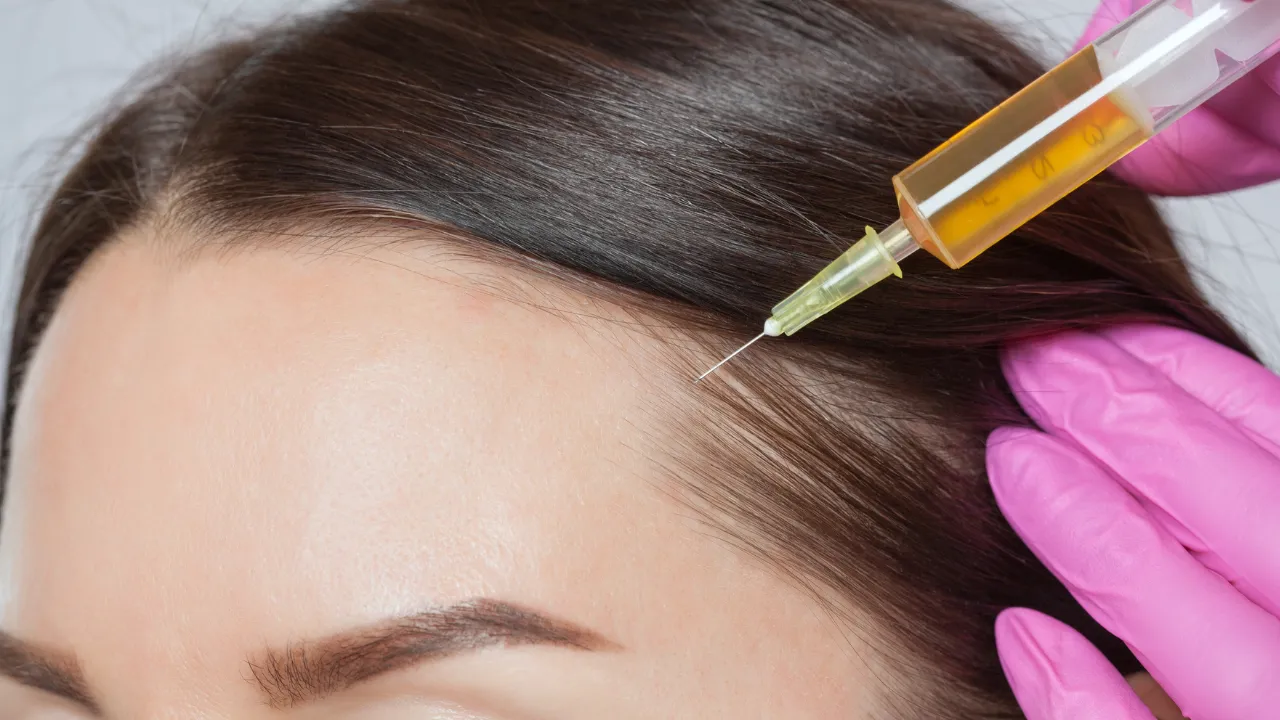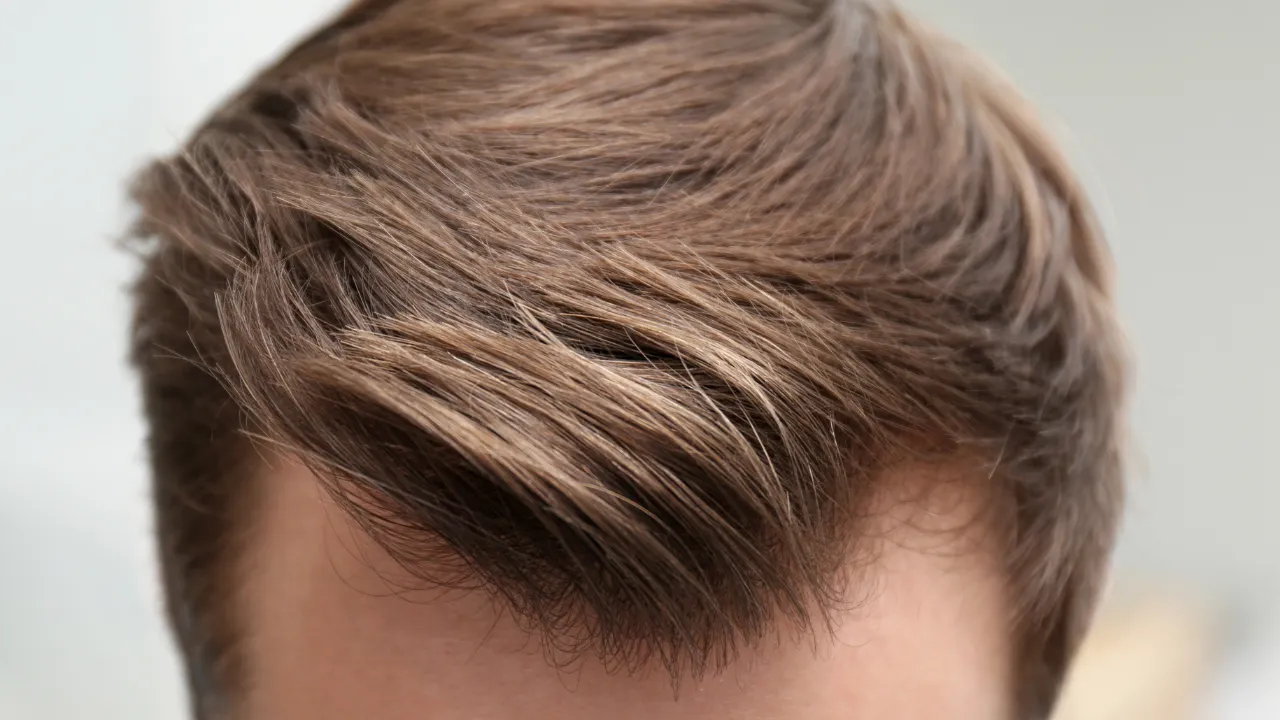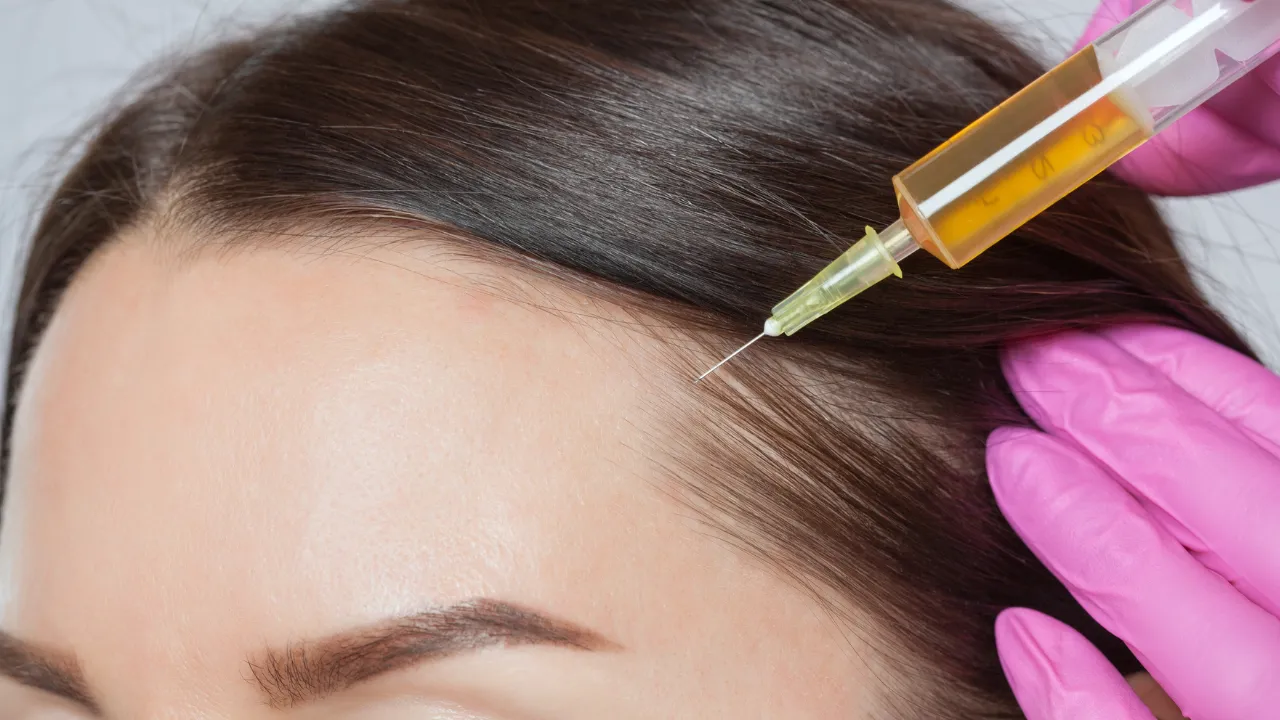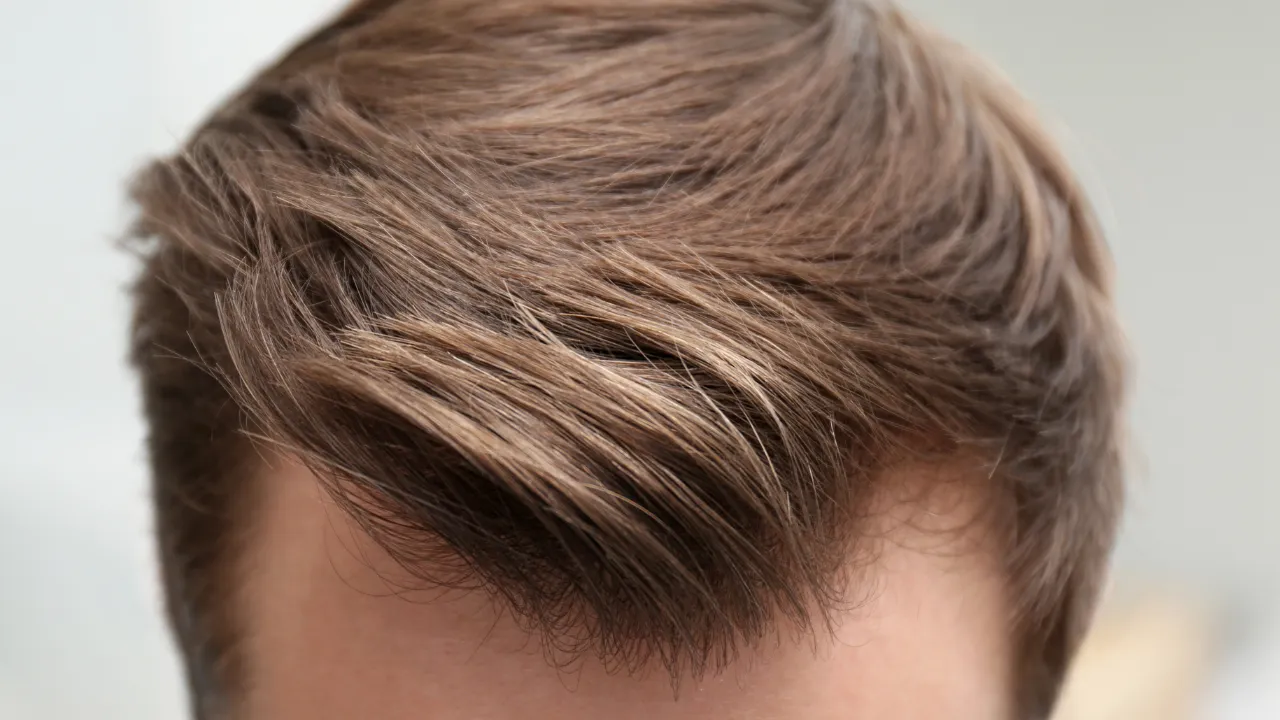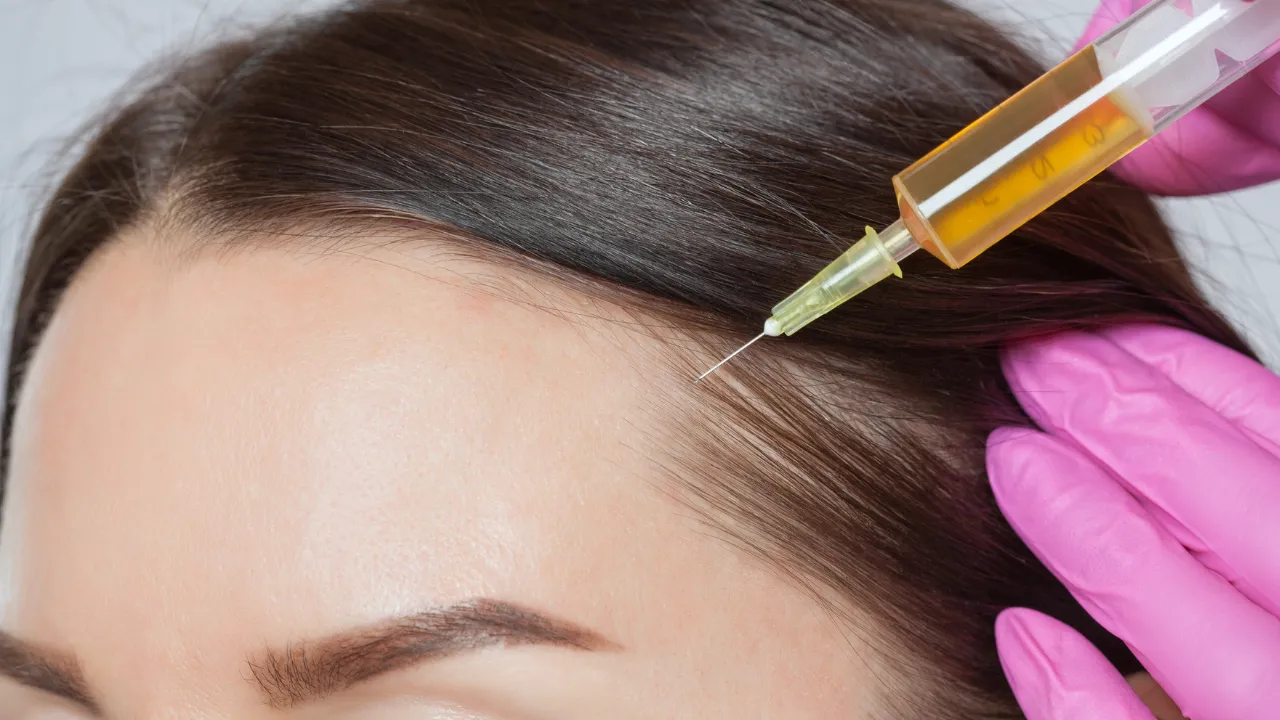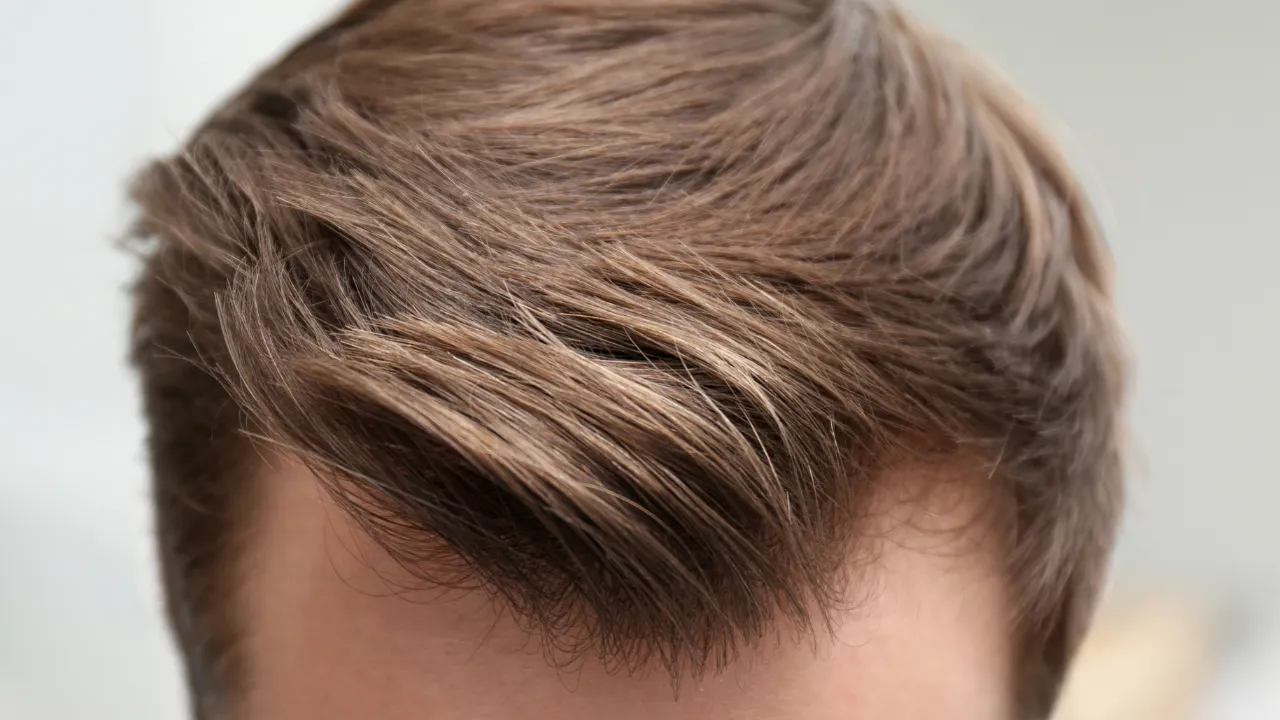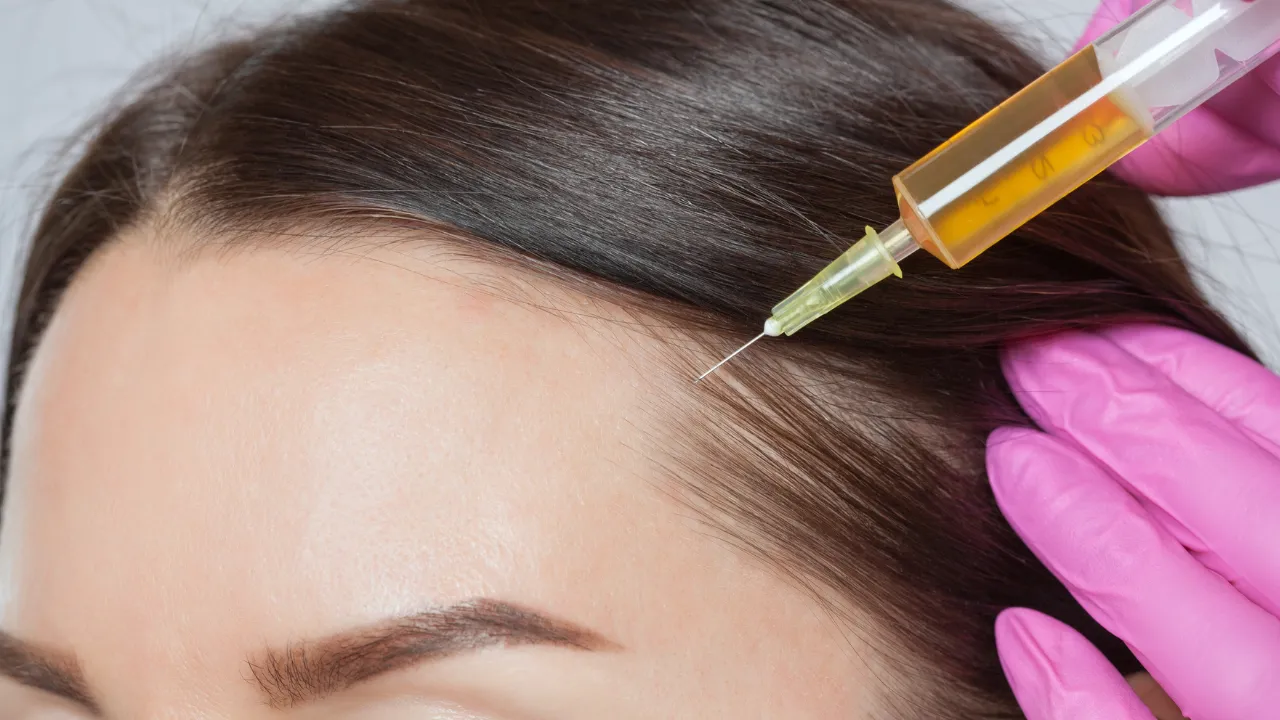Table of Contents
ToggleAt Kopelman Hair, we often use the Ludwig scale female hair loss classification to assess the severity of thinning and balding in women. This visual guide helps both patients and specialists identify the degree of hair loss and plan an effective diagnosis and treatment.
Dr. Kopelman applies the Ludwig scale as part of a thorough medical evaluation to understand each patient’s unique situation and recommend tailored solutions for hair loss treatment.
Key Takeaways
- The Ludwig scale for hair loss classifies female pattern baldness into three main stages.
- It focuses on changes in hair parting, density, and the top of the head.
- Accurate staging improves diagnosis and treatment planning.
- Early detection can slow the progression of female androgenic alopecia.
- Treatments range from medication to hair restoration surgery, depending on the degree of hair loss.
What Is the Ludwig Scale?
The Ludwig scale for female hair loss is a classification system developed to assess the progression of female androgenetic alopecia. Unlike male pattern baldness, which often creates receding hairlines, women tend to experience diffuse hair thinning that starts at the top of the head.
This scale focuses on the hair parting and density rather than the frontal hairline. It is widely used by dermatologists and hair restoration experts to determine the degree of hair loss and guide diagnosis and treatment decisions.
Stages of the Ludwig Scale
Stage I – Early Thinning
In this initial stage, hair thinning is noticeable around the central hair parting. The scalp may be slightly visible in bright light, but the overall volume is maintained.
Women in this stage often notice more shedding than usual, which can sometimes be linked to telogen effluvium – a temporary shedding condition – or the early progression of female androgenic alopecia.
Stage II – Moderate Thinning
The widening of the hair parting becomes more obvious, and the top of the head shows reduced density. Hair follicles in this area start to miniaturize, producing thinner, shorter hairs.
At this stage, many patients become more concerned about appearance and seek professional advice on slowing the progression of hair loss.
Stage III – Advanced Hair Loss
This is the most severe form of female pattern baldness, with extensive thinning on the crown and significant visibility of the scalp. The degree of hair loss at this stage can be emotionally distressing and may require surgical restoration to regain density.
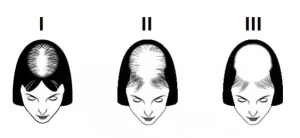
Causes of Female Pattern Hair Loss
Female pattern baldness is influenced by a mix of genetic, hormonal, and environmental factors. The most common cause is female androgenetic alopecia, where hair follicles gradually shrink under the influence of androgens.
Other types of hair loss in women include:
- Telogen effluvium – often temporary, caused by stress, illness, or nutritional deficiencies.
- Alopecia areata – autoimmune-related hair loss that can affect any scalp area.
Identifying the exact type of hair loss ensures the correct hair loss treatment is applied for the best results.
Diagnosis and Treatment
A proper diagnosis involves a detailed medical history, scalp examination, and sometimes blood tests or trichoscopy to assess hair follicles. Dr. Kopelman combines the Ludwig scale with these tests to confirm the type and severity of the condition.
Hair loss treatment options depend on the stage:
- Stage I–II: Topical minoxidil, oral medication, platelet-rich plasma therapy, and lifestyle changes to promote hair growth.
- Stage III or advanced hair loss: Hair transplant surgery, scalp micropigmentation, or integrated cosmetic solutions.
Comparing Female and Male Pattern Baldness
While both conditions involve genetic predisposition, male pattern baldness usually begins with a receding hairline and temples, progressing toward the crown. Female pattern baldness, by contrast, focuses on thinning at the top of the head while maintaining the frontal hairline.
This difference is why the Ludwig scale is more appropriate for women, while the Norwood scale is used for men.
Preventing Further Hair Thinning
Although not all cases can be stopped, early detection helps slow the progression of female androgenic alopecia. Strategies include:
- Seeking medical evaluation at the first signs of thinning.
- Following a balanced diet rich in iron, zinc, and protein.
- Reducing physical and emotional stress.
- Avoiding harsh chemical treatments and excessive heat styling.
Why the Ludwig Scale Matters
The Ludwig scale provides a standardized way to measure the degree of hair loss, track changes over time, and select the right treatment. It also helps set realistic expectations for hair growth results and the limitations of certain therapies.
At Kopelman Hair, Dr. Kopelman uses this scale alongside other diagnostic tools to create a tailored plan for each patient, ensuring both medical accuracy and cosmetic satisfaction.
If you are concerned about hair thinning or suspect female pattern baldness, schedule a consultation with Kopelman Hair today to discuss diagnosis and personalized treatment options.


